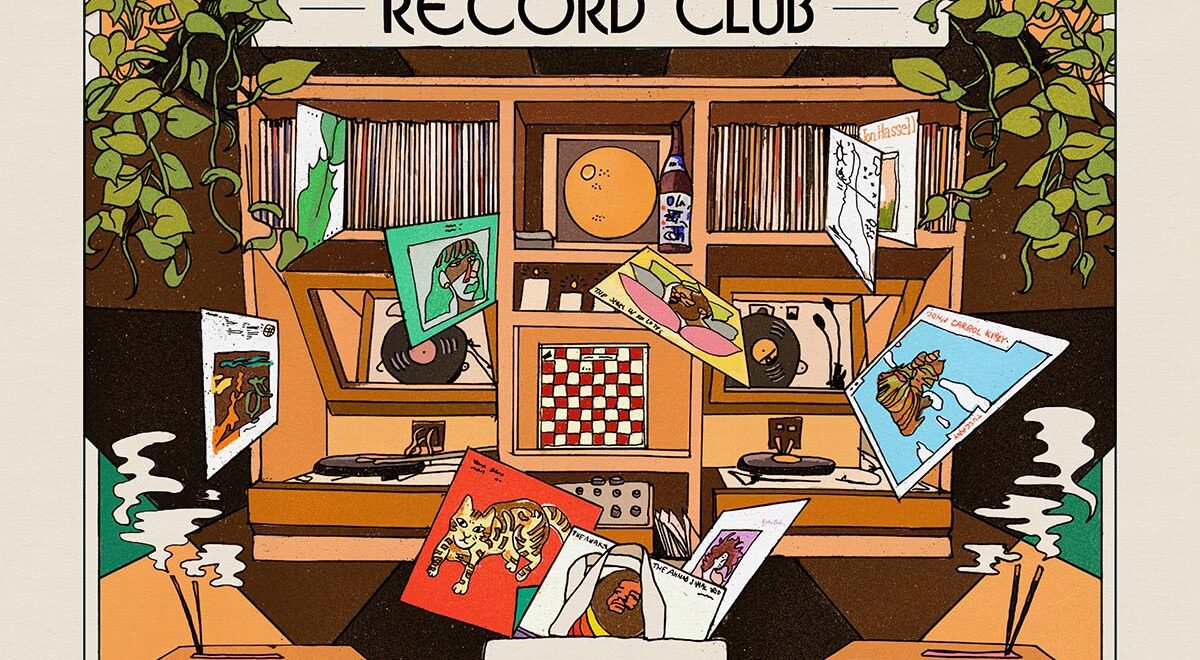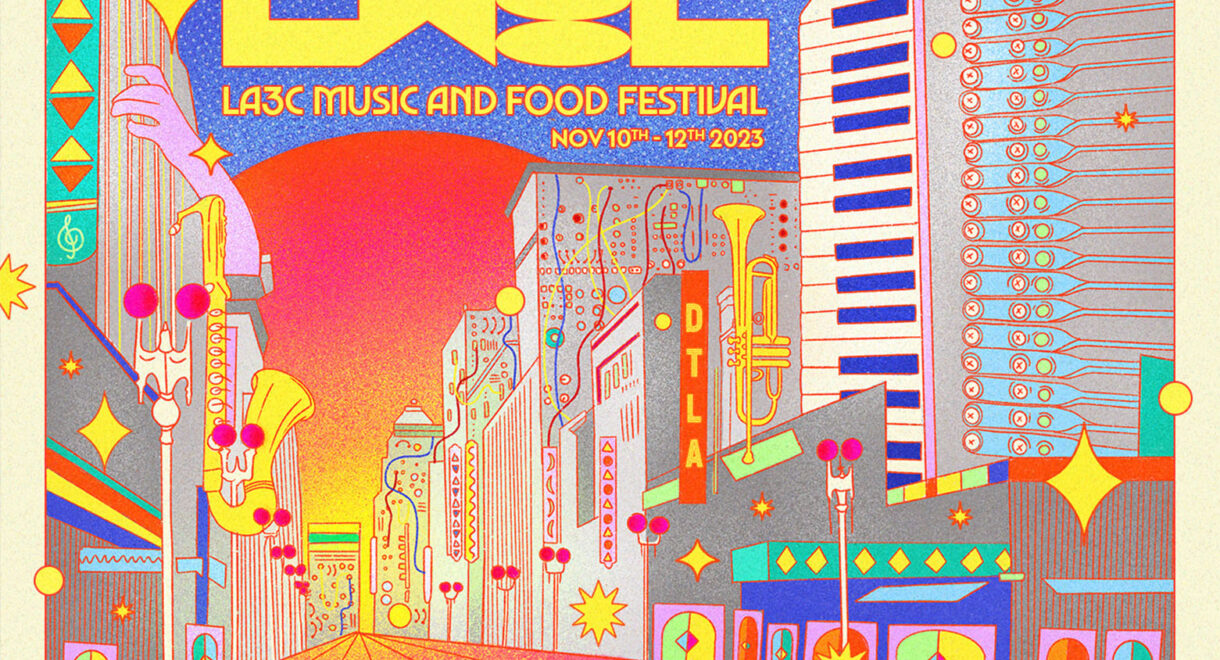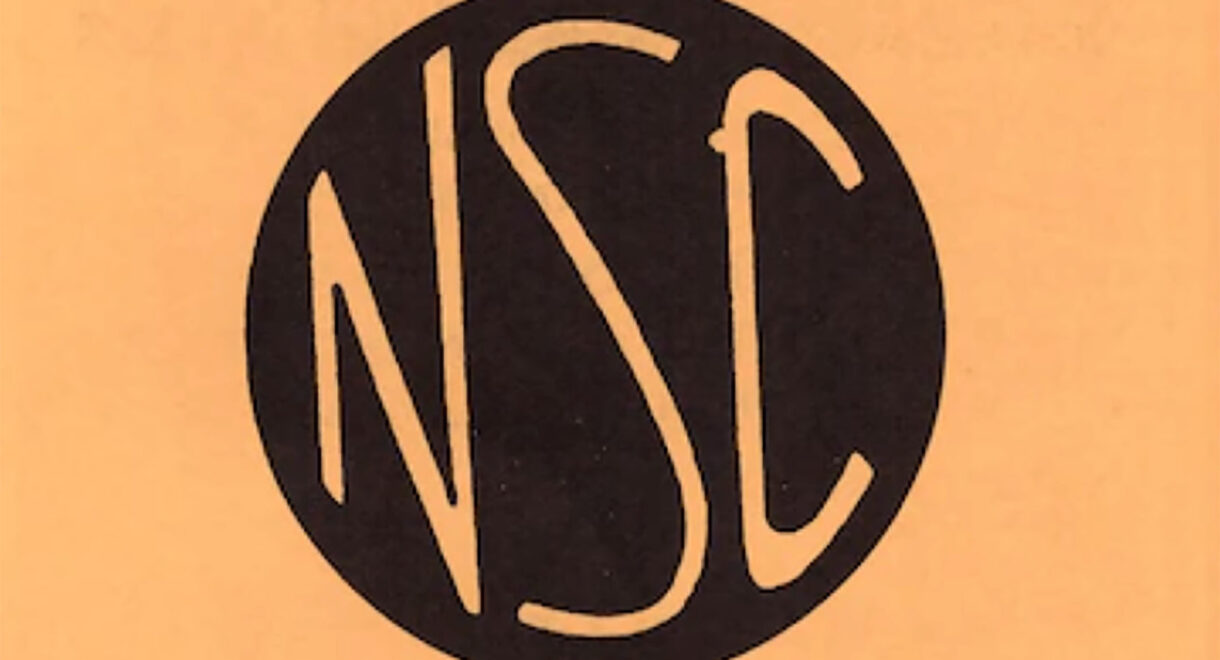A few spots are now open for the record club. Join today for personally curated records delivered to you monthly! Last month a package arrived from Los Angeles […]
Is the RCA Victor “Living Stereo” series the Big Bang of vinyl culture?

In 1958, RCA Victor introduced to the world a new technology under the banner “Living Stereo.” Focused at first on standard repertoire classical music, the vinyl imprint went all-in on high-fidelity listening, a movement enabled by stereophonic technology and innovations in sound reproduction.
Buoyed by the invention Westrex stereo cutterheads that same year, “Living Stereo” albums tapped engineering advances that had occurred across the previous decade, including the introduction of Scully lathes, to create what are considered some of the best mastered albums in history.
At the time, culture was entering a listening craze. The astounding clarity and precision of stereophonic reproduction begat the idea of “serious listening” as a pastime. Within a year, the “Living Stereo” series of LPs would branch out to include breathtakingly recorded albums by Tito Puente, Juan García Esquivel, Eartha Kitt, Perez Prado, Chet Atkins and the Isley Bros. (That said, the majority of the imprint’s non-classical releases were treacly instrumental pop.)
Many of these pop albums sold millions of copies and are inexpensively available through Discogs. But to truly experience the mastering you have to know what you’re looking for, and the key is on the circular maroon label itself: the RCA Victor dog appears on a shaded background — hence the series’ nickname, the “shaded dog.” That signifier appeared for two scant years and, for reasons too complicated to go into here, is what collectors seek. The difference between “shadow-dog “Living Stereo” classical LPs and later pressings can mean a huge price difference in the collectors market.
Here are five crucial non-classical “Living Stereo” albums that won’t set you back too much, and will offer evidence of miraculous mastering in action.
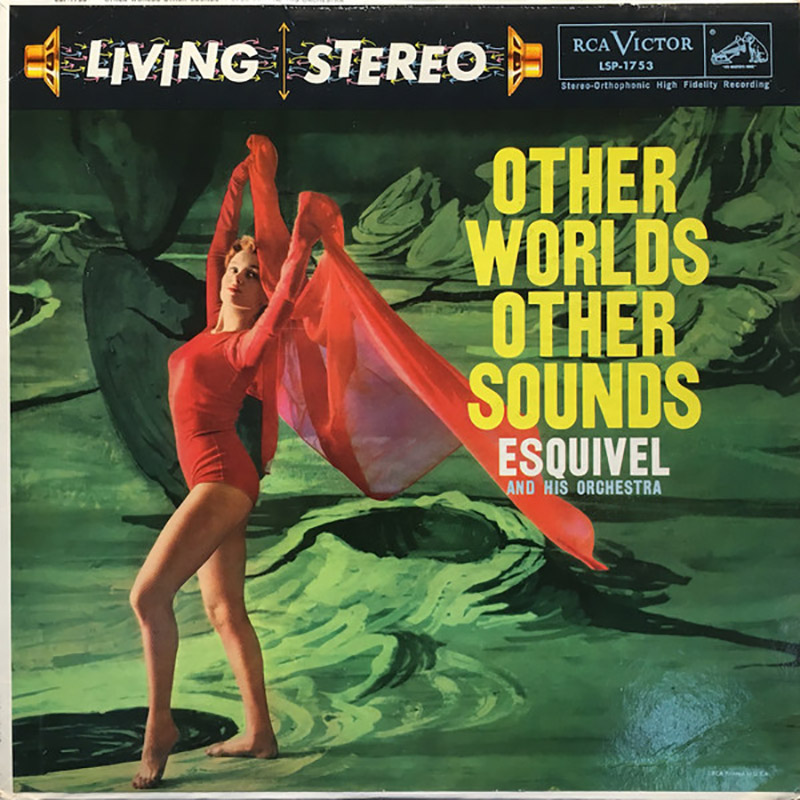
Juan Garcia Esquivel – Other Sounds, Other Worlds (1958)
The singularly inventive Mexican composer made his mark in the entertainment world after relocating to Hollywood in 1957, where he was a regular booking at Hollywood clubs. He stayed in L.A. for six years, and in that time recorded an astounding ten albums. They’re sublimely recorded — and sublimely strange — records. The best is “Other Sounds, Other Worlds.” Recorded at RCA’s Sunset Blvd. studio, the album catches Esquivel and a crack band maneuvering through Latin jazz with bombastic brass arrangements with a giddy, playful sense of purpose.
Chet Atkins – Mister Guitar (1959)
Just what you need: an instrumental of “I’m Forever Blowing Bubbles,” right? Skip that one if it’s too cheesy for your cosmopolitan tastes. But this $10 album will present ample evidence that country guitar legend Atkins could draw as much emotive — and gymnastic — energy from his signature Gretsch hollow-body as any player to ever strap on a guitar.
The Isley Brothers – Shout! (1959)
That the jumping party band the Isley Brothers were releasing albums on the same label as the proto-ambient easy listening outfit the Melachrino Strings says something about music in the late 1950s. The legendary Isley Brothers are worth exploring across their astounding career — especially their overlooked soul-funk records in the 1970s — but this early introduction offers a foundation.
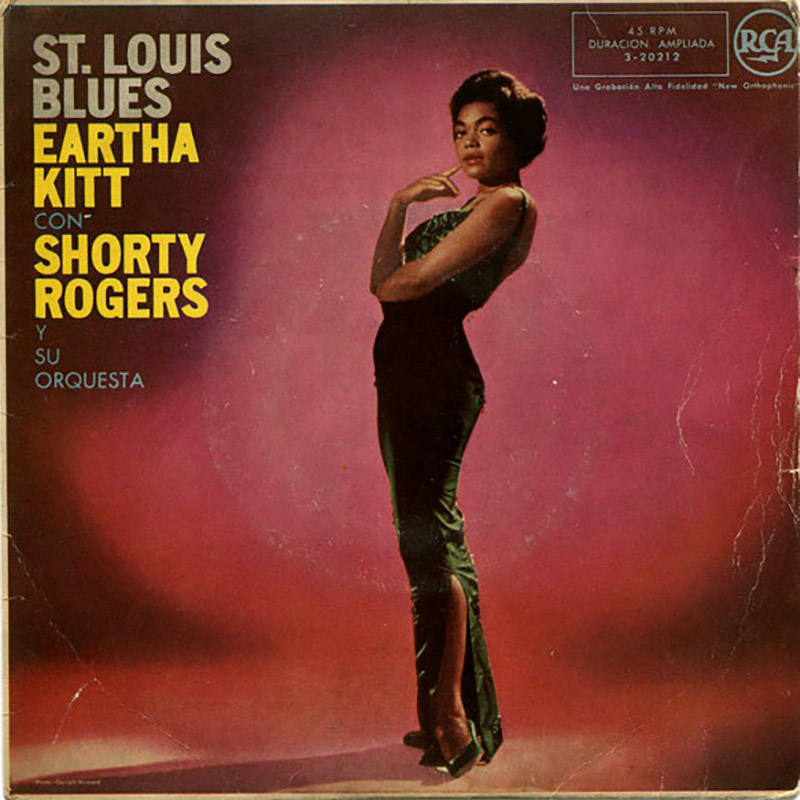
Eartha Kitt – St. Louis Blues (1958)
Stop what you’re doing and pull out Eartha Kitt’s 1959 recording of “Chantez-les bas.” Featuring the seductive diva backed by Los Angeles trumpeter and bandleader Shorty Rogers (and a young Johnny “Guitar” Watson), Kitt’s take on the W.C. Handy standard carries you into RCA’s state-of-the-art studio on Sunset Blvd. There, across the street from the Cinerama Dome, Kitt and band worked the room until it was hot to the touch.
Perez Prado – Prez (1957)
If you’re in doubt whether the old mambo song you’re listening to is Perez Prado or not, just listen for the grunts. The Cuban bandleader was successful before he teamed with RCA Victor for 1958’s “Prez,” but the Living Stereo release propelled him to the next level. Like fellow Mexico City resident Esquivel, Prado’s music earned renewed attention during the 1990s “Swingers”-era easy listening revival. That’s unfortunate, and shouldn’t taint your perception of Prado. His stuff is deep and blissful, especially heard at full volume.
Listen to a playlist featuring selections from the albums above:




